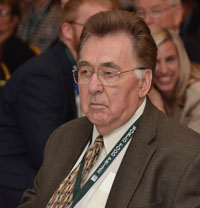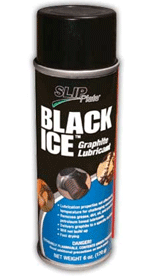 Growers conducting soil tests this fall may be surprised at unexpectedly low potassium (K) levels. It’s likely, however, that fields tested in drought-stricken areas have plenty of nutrients waiting to move back into the soil, according to DuPont Pioneer agronomy experts.
Growers conducting soil tests this fall may be surprised at unexpectedly low potassium (K) levels. It’s likely, however, that fields tested in drought-stricken areas have plenty of nutrients waiting to move back into the soil, according to DuPont Pioneer agronomy experts.
With little rain on most fields in 2012, K, absorbed by corn plants during the growing season, has not yet been released back into the soil from deteriorating corn stalks. In a drought year, K also can become fixed between clay layers until water moves through the soil again. Expect that K test levels will increase to more normal values if you can wait to sample following a significant fall rain event.
Even though K levels from this year’s soil test will likely be lower than actual amounts, farmers can rely on crop removal rates and previous years’ soil test results as a guide to estimate next year’s K needs. To determine crop removal this year, multiply the field’s harvested bushels by an estimated 0.3 pounds of K removed per bushel of corn or 1.5 pounds of K removed per bushel of soybean. The calculated amount is a good estimate of how much K was consumed by the crop during the growing season and thus the minimum amount that should be replaced for the next crop if historical soil test levels were in the optimum range.
Lack of water also may cause a drop in soil pH from previous years. Without precipitation, lime applied to help balance pH in spring 2012 cannot infiltrate the soil and take full effect. Additionally, dry soil conditions are often associated with increased salt concentration at the soil surface, which can also result in lower than expected pH test values.
Consult your local DuPont Pioneer agronomist or Pioneer sales representative to get the latest information on what is best for you and your fields in 2013. Find more information about soil testing and other topics at www.pioneer.com.






 Ag Leader has been selling into the international market for 18 years and currently has distribution in over 30 countries. Offices are growing and now span the globe with people on the ground in the Netherlands, Europe, Australia and Brazil, and the company hopes to continue to grow those operations to better serve international customers.
Ag Leader has been selling into the international market for 18 years and currently has distribution in over 30 countries. Offices are growing and now span the globe with people on the ground in the Netherlands, Europe, Australia and Brazil, and the company hopes to continue to grow those operations to better serve international customers. 




